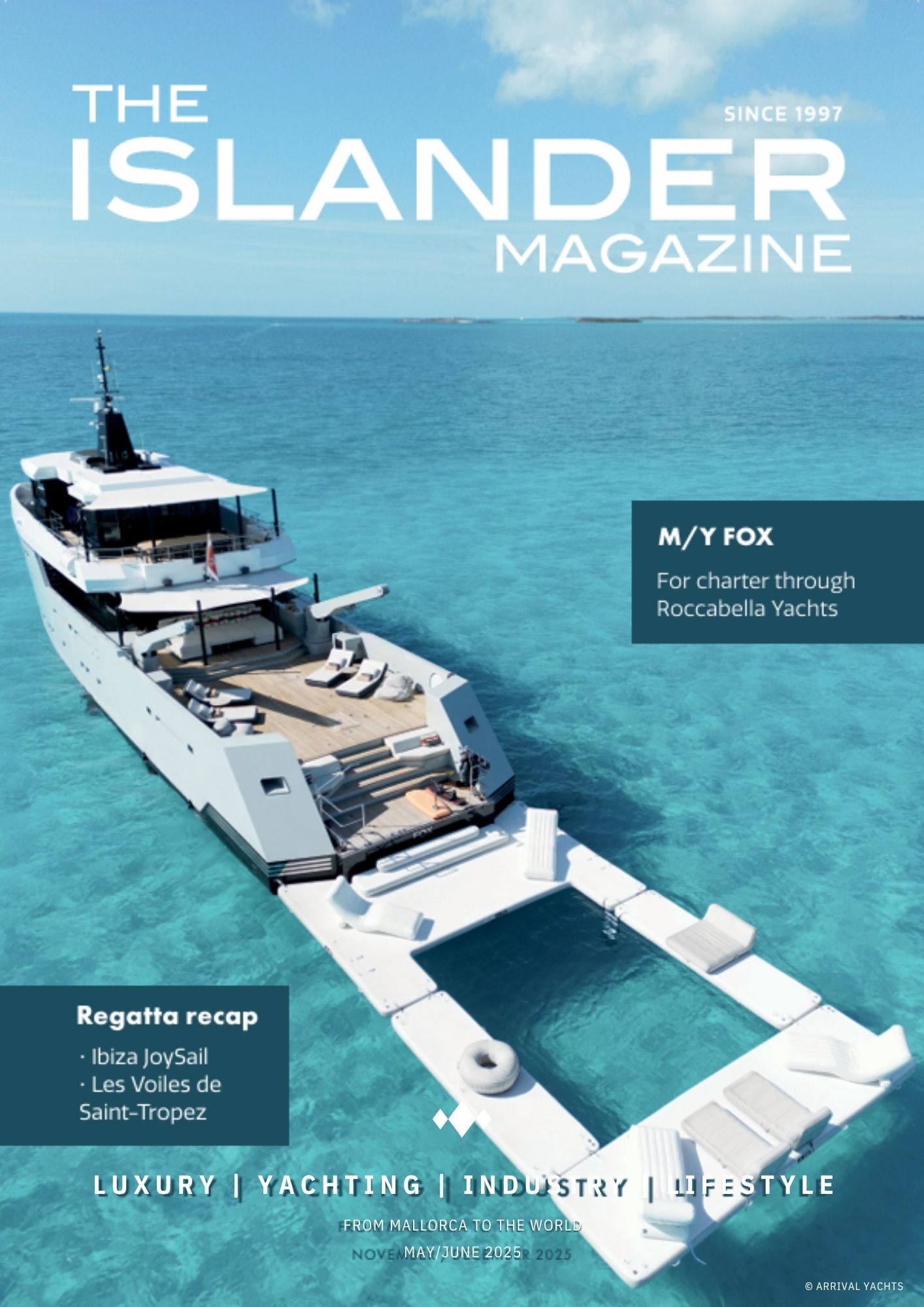It seems scarcely believable that it is now a year since we lost Roger Horner, cruelly and suddenly one early February morning.
Roger was a dynamic entrepreneur from the very beginning, becoming one of the most respected, admired – and universally liked – figures within our industry sector. A big man with an even bigger charisma, he was always hungry for the success of the company he founded with Alan Walker and Jason Abbott in 1996.
One year on, there remains a surreal feeling that Roger is no longer with us, and we miss our front man every day. However, in delivering his legacy, and now with Alan Walker at the helm, e3 Systems continues to thrive through a period of more dynamic change than we have seen in the industry for a very long time – not only around the advent of commercially-launched Low Earth Orbit satellite constellations, led of course by the wide adoption of Starlink, but also with significant changes in how vessels manage other elements of their connectivity platform.
FBB and Inmarsat-C – or LT3100S/4200S?
Alongside the removal of VSAT domes and replacing them, primarily with Starlink alongside the Starlink-comparable OneWeb platform with either Intellian or Kymeta antenna hardware, there is considerable discussion regarding Fleet Broadband and Inmarsat-C – and the alternatives that now exist to cover Fleet Broadband’s ability to make a phone call – unlike Inmarsat-C – and Inmarsat-C’s compliancy with GMDSS requirements, unlike Fleet Broadband today.
Inmarsat expects to launch their Fleet Safety service later this year, whereby the Inmarsat-C can be replaced by a Fleet Broadband Safety Terminal and we will revert on this once the service is released and up and running.
Any vessel that needs to comply with the Red Ensign Group Large Yacht Code, requires 2 GMDSS terminals on board that use a Recognized Mobile Satellite Service, being either Inmarsat or Iridium.
The Lars Thrane A/S LT3100S or LT4200S are currently the only terminals that cover both telephone calls and GMDSS under single-system hardware and a single Airtime subscription with Iridium – although with important differences, specifically regarding data downloads for weather and safety at sea in the absence of any other connection.
The LT3100S has a download speed of 2.4Kbps – essentially a non-useable option for downloading anything larger than Weather GRIB files, but GMDSS compliant and with the ability to make a phone call – and has an MSRP of € 5995.00
The LT4200S can carry upload and download speeds of up to 176Kbps – making it broadly equivalent to the speed capacity of a Fleet 150 – albeit GMDSS-compliant and with the ability to have three simultaneous telephone calls, with an MSRP of € 7195.00 (Insert Pic – LT4200S)
The question therefore for vessels to ask themselves is how important it is to have the ability to download much bigger than Weather GRIB files at sea if both Starlink/OneWeb are offline – ocean passages for example. This further boils down to the cruising agenda of the vessel, itself and particularly if they are single season vessels with rare, if any, ocean passages.
In summary, this also allows for the removal of FBB domes and replacing them with much smaller hardware on the rig – something that would unquestionably appeal to sailing yachts keen to keep rig hardware and high-up weight at a minimum, but equally to motor yachts tidying up their mast infrastructures.
These are interesting times, with many opportunities to do things differently, as we move into 2025, and we would be delighted to discuss these and other exciting developments with you.
Spain launches the most important satellite in its history
Finally, although unrelated to our sector but always of interest, the Airbus-build SpainSat NGI, a groundbreaking satellite that will add value to Spain’s military communications and place the country in the select club of nations capable of offering this service to NATO, was launched into space on a SpaceX Falcon 9 rocket on Jan 30th from Cape Canaveral (Florida).
This is the most important project in the Spanish space sector to date, both in terms of its budget and its size, the innovation it incorporates and the broad participation of the Spanish industry.
Furthermore, it is the most advanced secure communications satellite ever built in Europe.
**
info@e3s.com / +34 971 404 208


























0 Comments